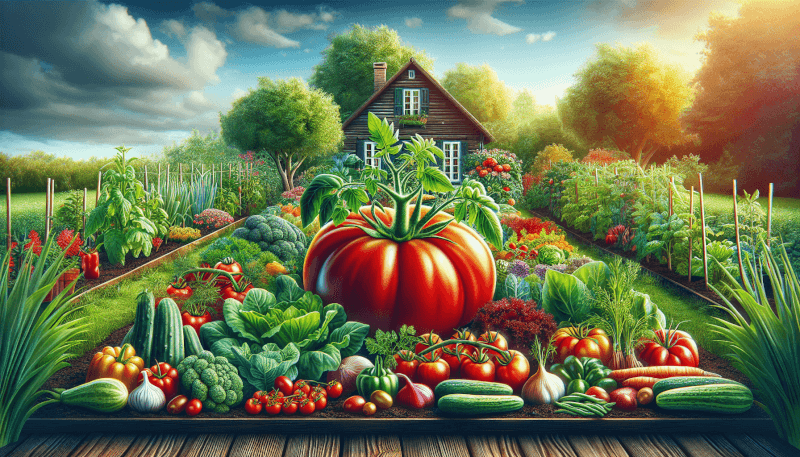Are you interested in creating your own vegetable garden but not sure where to begin? Look no further! This article will provide you with the best ways to design and build your very own DIY vegetable garden. With simple and practical tips, you’ll be able to transform your outdoor space into a thriving garden filled with delicious and nutritious produce. Say goodbye to store-bought veggies and hello to the satisfaction of growing your own!
Choose the Right Location
Consider sunlight requirements
When choosing the location for your vegetable garden, it is important to consider the sunlight requirements of the plants you want to grow. Most vegetable plants require at least six hours of direct sunlight per day to thrive. Take note of the areas in your yard that receive the most sunlight throughout the day and choose a spot that will provide your vegetables with the necessary sun exposure.
Assess soil quality
The quality of the soil in your chosen location is crucial to the success of your vegetable garden. It is necessary to assess the soil’s texture, composition, and fertility. Vegetables typically grow best in well-draining soil that is rich in organic matter. Conduct a soil test to check the pH level and nutrient content of the soil. This will help you determine if any amendments are necessary to create an ideal growing environment for your vegetables.
Check for proper drainage
Proper drainage is essential for the health of your plants. Before finalizing the location for your vegetable garden, ensure that the chosen area has good drainage. Avoid areas that are prone to water pooling or are excessively wet. If necessary, you can improve drainage by adding organic matter, such as compost, to the soil or incorporating raised beds.
Plan the Layout
Decide on the garden size
The size of your vegetable garden will depend on several factors, including the available space in your yard, the types of vegetables you want to grow, and your gardening goals. Consider the amount of time and effort you are willing to dedicate to maintaining the garden. Start small if you are a beginner and gradually expand as you gain more experience and confidence.
Consider the types of vegetables you want to grow
Before starting your garden, consider the types of vegetables you want to grow. Some vegetables require more space than others. For example, sprawling plants like pumpkin or zucchini will need more room to spread out compared to leafy greens like lettuce or spinach. Take into account the specific needs of each vegetable when planning the layout to ensure they have enough space to grow and access adequate sunlight.
Think about companion planting
Companion planting involves growing different plants in close proximity to benefit each other. Some plants have natural pest-repellent properties or attract beneficial insects that can help control pests, while others may provide shade or support for climbing plants. Think carefully about which vegetables to plant together to maximize the potential benefits and create a healthier garden ecosystem.
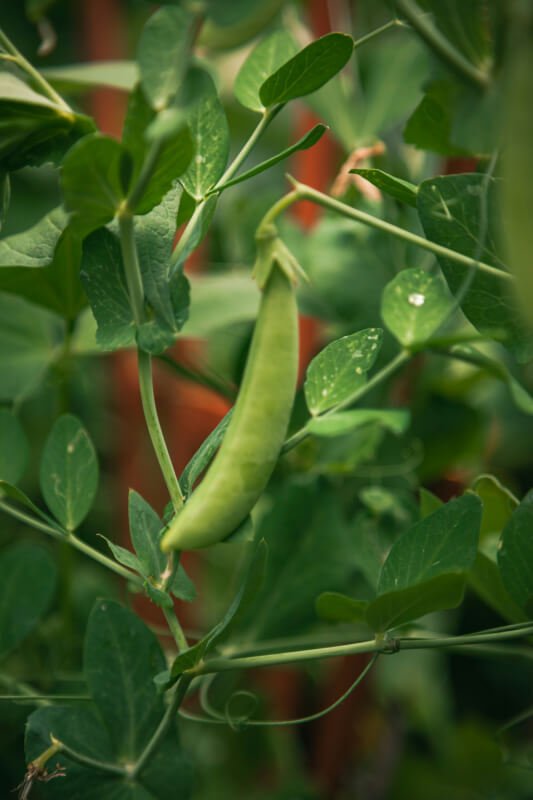
Prepare the Soil
Clear the area of weeds and grass
Before preparing the soil, it is important to clear the chosen area of any weeds or grass. Remove all vegetation to prevent competition for nutrients and space. You can manually pull out the weeds or use a garden hoe or tiller to uproot them. Taking the time to properly clear the area will help ensure that your vegetable plants have an optimal environment to grow.
Test the soil pH
Testing the soil’s pH level is essential for determining its acidity or alkalinity. Most vegetables prefer a slightly acidic to neutral soil pH, around 6.0 to 7.0. A soil test kit can be used to accurately measure the pH level. If the pH is not within the ideal range, you can make adjustments by adding materials like lime to raise the pH or sulfur to lower it. This will help create a balanced pH level that is conducive to plant growth.
Amend the soil with organic matter
To enhance the quality of the soil, it is important to amend it with organic matter. Organic matter, such as compost, well-rotted manure, or leaf mold, improves soil structure, increases nutrient availability, and enhances water-holding capacity. Spread a layer of organic matter over the cleared area and mix it into the soil using a garden fork or tiller. This will provide the necessary nutrients for your vegetables’ growth and improve overall soil health.
Construct Raised Beds
Measure and mark the bed dimensions
Raised beds offer several advantages for vegetable gardeners, including improved drainage, better soil quality control, and easier access for gardening tasks. Before constructing raised beds, measure and mark the desired dimensions for the beds using stakes and string. This will help ensure that the beds are uniform in size and provide enough space for your vegetables to grow.
Gather materials like wood or stone
Once you have determined the dimensions of your raised beds, gather the necessary materials. Wood, such as untreated cedar or hardwood, is a common choice for constructing raised beds. Alternatively, you can use stones or concrete blocks. Choose materials that are durable, resistant to rot, and safe for growing vegetables.
Secure the corners and edges
To assemble the raised beds, secure the corners and edges using screws or nails. This will help keep the structure sturdy and prevent the sides from shifting or collapsing over time. Make sure the corners are square and level the beds using a spirit level. This will ensure that your plants are evenly spaced and that water drains properly.
Fill with soil mixture
Once the raised beds are constructed, fill them with a soil mixture that is well-draining and nutrient-rich. A commonly used mixture consists of equal parts of garden soil, compost, and coarse sand or perlite. Alternatively, you can create a custom mix based on the specific needs of your vegetables. Ensure that the soil is evenly distributed and leveled within the raised beds before proceeding to planting your vegetables.
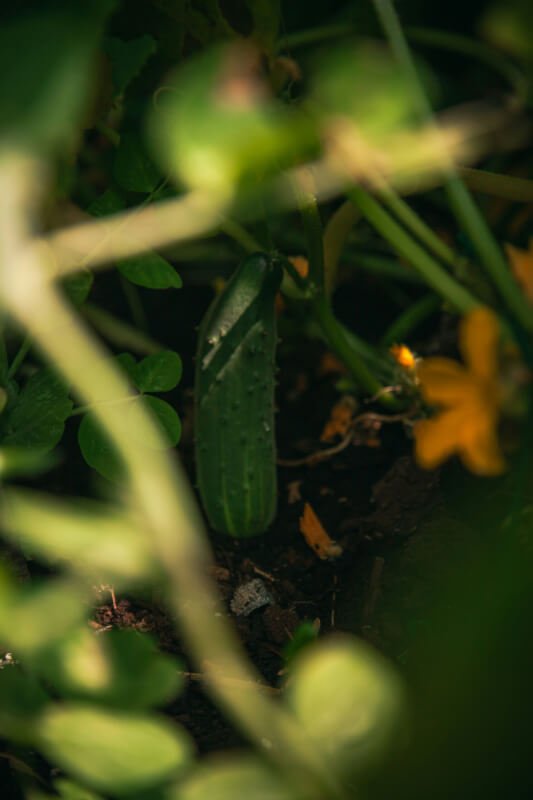
Install Irrigation System
Choose the appropriate irrigation method
Proper irrigation is crucial for the health and productivity of your vegetable garden. Consider the appropriate irrigation method based on your garden’s size, location, and specific needs. Options include hand watering, sprinklers, drip irrigation, or soaker hoses. Each method has its advantages and disadvantages, so choose the one that best suits your gardening style and the needs of your vegetables.
Install drip or soaker hoses
Drip irrigation and soaker hoses are popular choices for vegetable gardens as they efficiently deliver water directly to the plants’ roots, minimizing water waste and reducing the risk of foliar diseases. Install these systems along the raised beds or garden rows, ensuring that they are evenly spaced and adequately cover the area. This will provide a consistent water supply to your vegetables without promoting excessive leaf wetting.
Set up a timer or watering schedule
To ensure consistent and efficient watering, consider setting up a timer or establishing a watering schedule. This will help prevent under or overwatering, as well as provide convenience and save time. Adjust the watering frequency and duration based on factors such as the weather, plant growth stage, and soil moisture levels. Regularly monitor your garden’s water needs to maintain healthy plant growth.
Choose Vegetables and Seeds
Research suitable vegetables for your region
Choosing the right vegetables for your garden depends on your specific location and climate. Research the suitable vegetables for your region, considering factors such as temperature range, frost dates, and average rainfall. Opt for varieties that are known to perform well in your specific area to increase the chances of a successful harvest.
Buy high-quality seeds or seedlings
To ensure the best possible outcome for your vegetable garden, it is important to purchase high-quality seeds or seedlings from a reputable source. High-quality seeds have a higher germination rate and produce more vigorous plants. Similarly, healthy seedlings are more likely to establish well in the garden and have a better chance of thriving. Take the time to select seeds or seedlings that are disease-resistant and suited to your preferences.
Consider planting both cool-season and warm-season crops
To maximize your vegetable garden’s productivity, consider planting both cool-season and warm-season crops. Cool-season crops, such as lettuce, spinach, and peas, can tolerate cooler temperatures and are typically planted in early spring or fall. Warm-season crops, including tomatoes, peppers, and cucumbers, require warmer temperatures and are best planted after the threat of frost has passed. This way, you can enjoy a continuous harvest throughout the growing season.
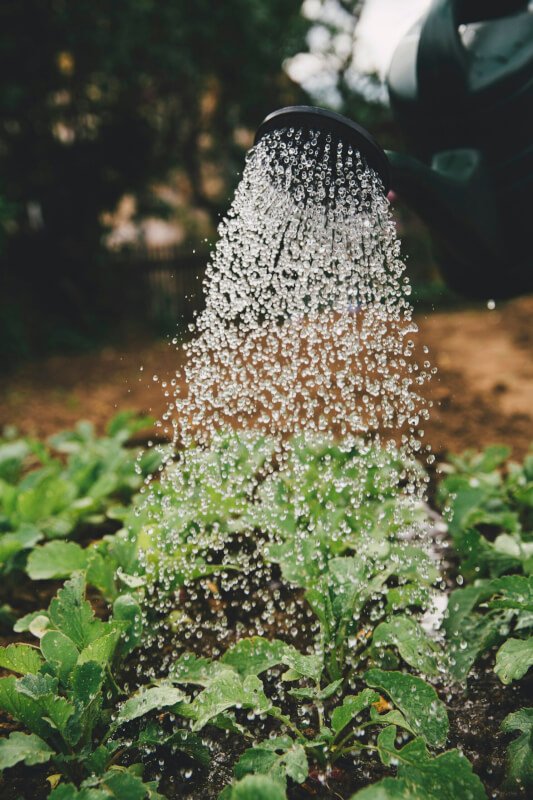
Planting Techniques
Follow recommended spacing guidelines
Proper spacing between plants is crucial for their optimal growth and development. Follow the recommended spacing guidelines provided on seed packets or plant labels to ensure that your vegetables have enough room to grow without overcrowding. Insufficient spacing can lead to competition for sunlight, nutrients, and water, resulting in stunted growth and increased susceptibility to diseases.
Start seeds indoors or directly sow in the garden
You have the option to start vegetable seeds indoors or directly sow them in the garden, depending on the specific requirements of each plant. Some vegetables, like tomatoes or peppers, benefit from an early start indoors to extend their growing season. On the other hand, vegetables with shorter maturity times, such as beans or radishes, can be directly sown in the garden once the soil temperatures have warmed up. Follow the instructions provided on the seed packets for proper planting techniques.
Properly transplant seedlings
If you started your seeds indoors or purchased seedlings, it is important to properly transplant them into your garden. Transplanting can be stressful for young plants, so handle them with care to minimize root damage. Dig a hole slightly larger than the root ball, place the seedling in the hole, and gently firm the soil around it. Water thoroughly to help settle the soil and encourage root establishment.
Cover seeds with appropriate depth
When sowing seeds directly in the garden, it is important to plant them at the appropriate depth. Each vegetable has specific guidelines regarding how deep to sow the seeds, as well as the spacing between seeds. A general rule is to plant seeds at a depth equal to two to three times their diameter. This will help ensure proper germination and prevent the seeds from drying out or being too deep to sprout.
Provide Support for Climbing Plants
Install trellises or stakes
Climbing plants, such as cucumbers, tomatoes, or pole beans, require support to grow vertically and maximize space efficiency. Install trellises or stakes near these plants to provide them with the necessary structure to climb. Secure the trellises or stakes firmly into the ground to prevent them from toppling over, especially during heavy winds or as the plants grow heavier.
Train vines to climb
Once the climbing plants start growing, gently train their vines to climb the trellises or stakes. This can be done by carefully tying the vines to the support structure using soft twine or plant ties. As the vines grow, continue to guide and secure them to ensure they remain attached to the support while maintaining proper airflow and sunlight exposure.
Secure plants to support structures
Regularly monitor the climbing plants and secure them to the support structures as needed. Wind or heavy rain can dislodge or damage the vines, leading to reduced growth or fruit yield. Check the plants’ attachment points and adjust any loose or sagging vines to prevent them from breaking or becoming tangled. Providing adequate support will help the climbing plants grow taller and healthier.
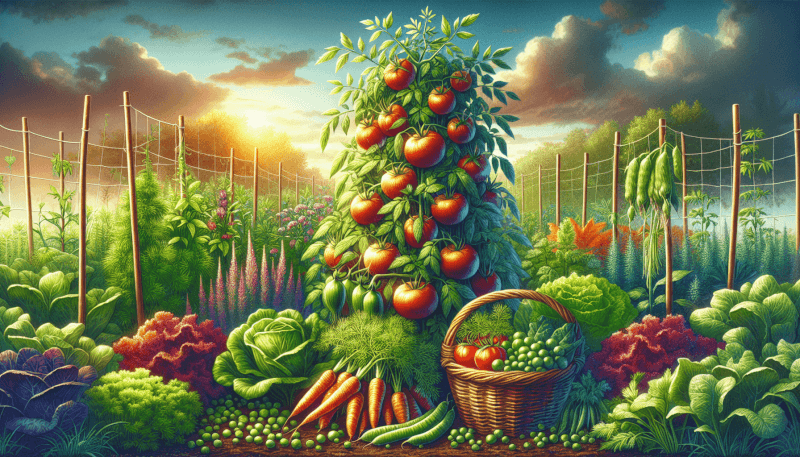
Implement Pest Control Measures
Use organic insecticides or repellents
Pest control is an important aspect of maintaining a healthy vegetable garden. To protect your plants from common pests, consider using organic insecticides or repellents. These products are safer for the environment and do not harm beneficial insects. Research natural remedies or purchase organic pest control products that target specific pests while avoiding chemical pesticides that can negatively impact your garden’s ecosystem.
Encourage beneficial insects
Beneficial insects, such as ladybugs, lacewings, or praying mantises, play a vital role in controlling garden pests naturally. Encourage their presence in your vegetable garden by planting flowers that attract them or providing suitable habitats. Additionally, avoid using broad-spectrum insecticides that can harm beneficial insects. By attracting and fostering beneficial insects, you can reduce the need for chemical pest control methods.
Implement companion planting for pest control
Companion planting involves strategically placing certain plants together to enhance their growth and deter pests. Take advantage of companion planting techniques to naturally control pests in your vegetable garden. For example, interplanting marigolds with vegetables can repel insects, while planting herbs like basil or dill near susceptible crops can deter pests. Research compatible plant combinations and experiment with companion planting to maximize pest control.
Maintenance and Care
Weed the garden regularly
Weeding is an essential maintenance task in any vegetable garden. Regularly remove weeds that compete with your vegetable plants for nutrients, sunlight, and space. Cultivate the soil around your plants using a garden hoe or hand tools to eliminate weeds effectively. Mulching can also help control weed growth by suppressing weed germination and reducing sunlight exposure to weed seeds.
Water plants as needed
Providing adequate water is crucial for the health and growth of your vegetable plants. Monitor the soil moisture levels regularly and water your plants as needed. Vegetables generally require about 1 to 2 inches of water per week, but this can vary depending on the weather and specific crop requirements. Water deeply to encourage strong root development and avoid shallow or frequent watering that may lead to shallow root systems.
Apply organic fertilizers
To ensure that your vegetables receive the necessary nutrients for optimal growth, apply organic fertilizers throughout the growing season. Organic fertilizers, such as compost, well-rotted manure, or organic liquid fertilizers, provide slow-release nutrients that feed the plants without causing nutrient imbalances or chemical burn. Apply fertilizers according to the recommended rates and frequency, taking into account the specific needs of each vegetable.
Monitor for diseases and address them promptly
Disease prevention and early detection are key to maintaining a healthy vegetable garden. Regularly inspect your plants for signs of disease, such as wilting, discoloration, or unusual growth. Research common diseases that affect your chosen vegetables and be familiar with their symptoms. If you notice any signs of disease, promptly address the issue by removing and destroying affected plants, practicing crop rotation, and implementing appropriate disease management strategies, such as organic fungicides or cultural practices.
Harvest vegetables at the right time
One of the joys of vegetable gardening is harvesting your homegrown produce at the peak of freshness and flavor. Harvest your vegetables at the right time to enjoy the best taste and nutritional value. Each vegetable has different harvesting requirements, such as size, color, or maturity stage. Consult gardening resources or seed catalogs for specific instructions on when to harvest each vegetable. Use sharp, clean tools to minimize damage to the plants and handle harvested produce with care to prevent bruising or spoilage.
In conclusion, designing and building a DIY vegetable garden requires careful planning and consideration. By choosing the right location, planning the layout, preparing the soil, constructing raised beds, installing an irrigation system, selecting suitable vegetables and seeds, implementing proper planting techniques, providing support for climbing plants, implementing pest control measures, and maintaining the garden with regular care, you can create a thriving vegetable garden that provides an abundance of fresh and nutritious produce. Get started on your DIY vegetable garden today and enjoy the satisfaction of growing your own food!
